Marsh hibiscus: characteristics of the species and features of cultivation
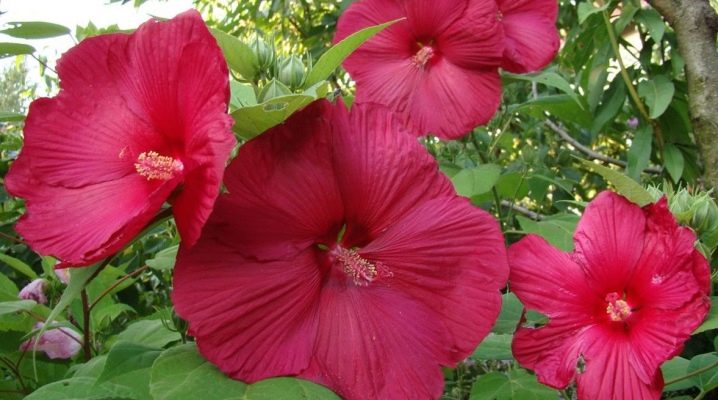
The exotic hibiscus (Extreme Magenta) is native to the Indian and Chinese tropics. The culture belongs to the Maltese family. There are more than three hundred varieties of this flower. The most popular species is marsh hibiscus, which is loved by flower growers due to its exquisite beauty, bright flowering and unpretentiousness. It can be grown both at home and in gardens, greenhouses.
The main thing is to remember that caring for a plant in the open field is different from home.
In this case, you can buy a flower in a store or start growing it from seeds at home.
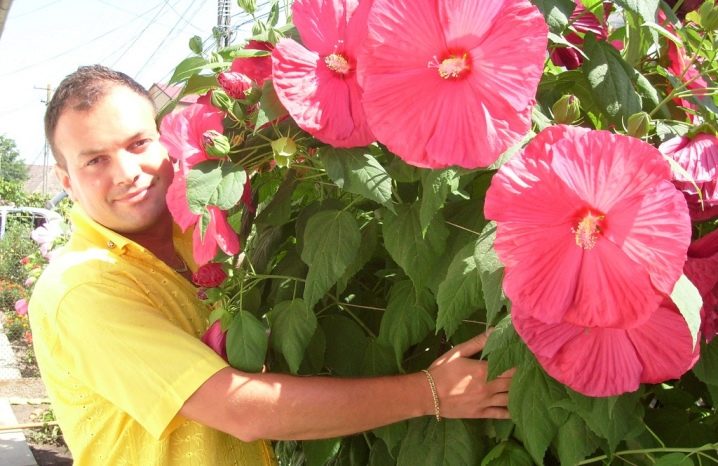
Description
Hibiscus has a very expressive and vibrant flowering, which is why it is often chosen to decorate gardens, apartments and offices. Let's consider other characteristics of the plant.
- The roots are very strong, strong, and develop powerfully. If the root system is allowed to grow, then the culture can reach three meters in height.
- The heart-shaped foliage with serrated edges has a glossy surface with a pubescent lower zone.
- Hibiscus blooms for a long time - from March to October.
- The inflorescences are bright (from scarlet to purple and lilac), up to 15 cm in diameter. There are inclusions in the core. One of the brightest representatives is F1 dark red.
- Flowering lasts all day, hibiscus withers at night.
- The fruit that forms after the flower falls contains brown seeds that smell like wood and wine.
- The trunk of the plant is straight, the bottom is woody with dark brown bark.
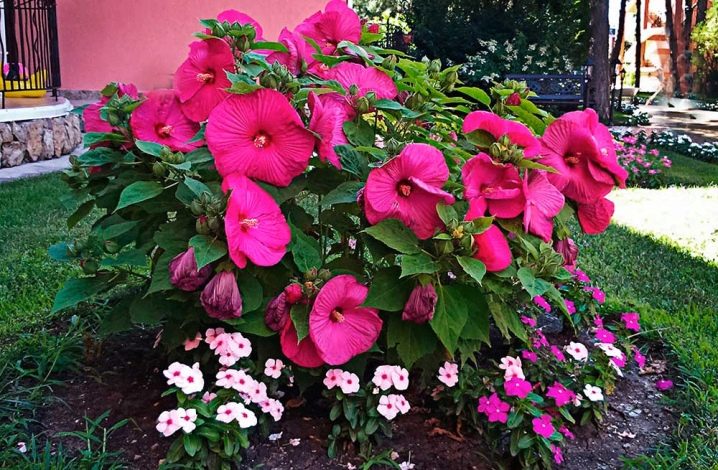
Landing
The flower is extremely strong and hardy. Despite the fact that the culture is quite thermophilic, it is not capricious. If you purchased the plant from a specialty store, you need to leave it alone for about two weeks so that it adapts to the new conditions. Only after this period can you start planting in prepared fertilized soil.
Summer is the most suitable for planting in open ground, but you need to find a humid and sunny place.

A hibiscus transplant is carried out every year if the flower is young, and every few years if it is mature. The ideal time for this procedure is the first week of May. Care must be taken to ensure that the root is not cleared of soil during transplantation. The lump of soil that has formed around the root system is placed in a new container and filled with fresh soil. First, it is necessary to place drainage at the bottom (brick or expanded clay is suitable).
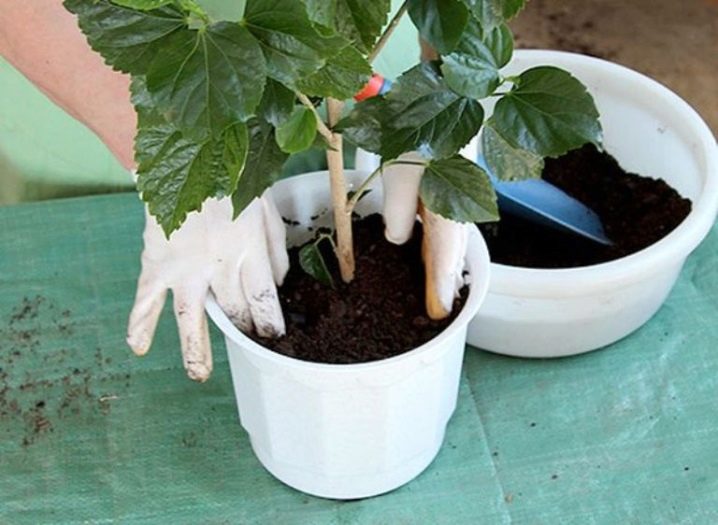
As for the soil, then the optimal composition should be not only nutritious, but also light. Four parts of sod land, three parts of leaf and one part of humus and sand - an ideal "cocktail" for planting hibiscus. Charcoal is also added as it can prevent root diseases. At the planting stage, bone meal can be added as a top dressing.
The soil near the flower should be loosened regularly. Weeds must be removed, otherwise they will interfere with the development and growth of the crop.
Be sure to prepare the shrub for wintering, protect it from pests.

Top dressing
Mineral feeding should be carried out only during the period of flower formation. For these purposes, mineral fertilizers are used, the presence of nitrogen in them is mandatory. In winter, mixtures with potassium and phosphorus are used (no more than once a month and in half the dose). Top dressing is done only after watering.
It is important to pay attention to the condition of the plant. So you can understand if he lacks valuable items.
Slower growth in open field means boron-phosphorus deficiency. If there is no flowering, or shoots do not develop, it is necessary to fertilize the soil with nitrogen.
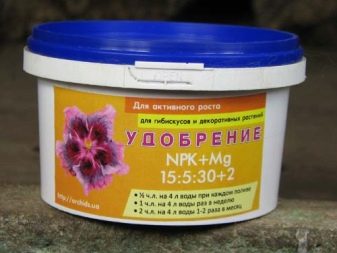

Watering and moisture levels
Hibiscus loves moisture, especially during the warmer months. Therefore, in the spring, summer and autumn there is a period of regular and abundant moisture. Watering the hibiscus once a week is sufficient during the winter months. Use only settled water at room temperature. After the moistening procedure, it is necessary to rid the pan of excess moisture. This can be done half an hour after watering.
Water treatments should not be limited to watering. It is necessary at regular intervals to spray, remove dust, wipe the foliage. In winter, you can simply clean the leaves with wet wipes. These manipulations help prevent pest attacks.
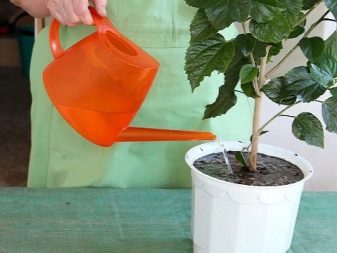
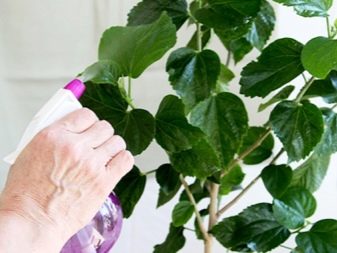
Light and warm
Since the plant is native to the tropics, it needs bright light, but it is better if the rays are not straight. Diffused lighting is preferable. Direct light can damage foliage and burn it.
The ideal solution is to place the plant on a windowsill from the west or east.
Placement on the south side is also possible, but then darkening is necessary. In the summer months, a pot with a flower can be taken out into the garden, onto the balcony, or taken to the country. If the daylight hours are less than ten hours, arrange additional lighting. Lack of light is manifested by the lack of flowering or its violation, for example, inflorescences that are too small.
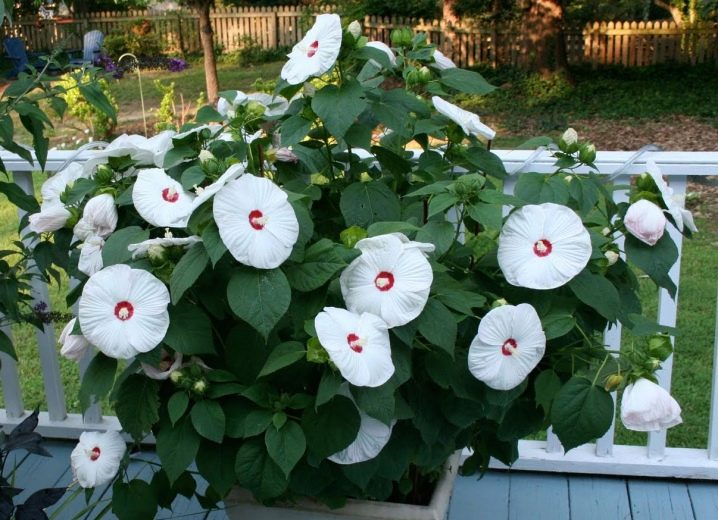
Hibiscus is a thermophilic crop. If a flower freezes, it sheds its leaves. Temperature range suitable for the plant:
- 19-20 degrees in summer and spring;
- 17-19 degrees in autumn;
- 15-17 degrees in winter.
If the care of a hibiscus is organized at the proper level, it can live and delight with its beauty up to 30 years.
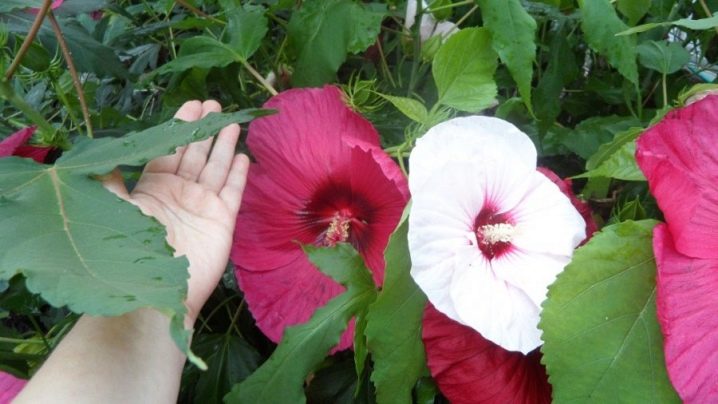
Bloom
The plant begins to bloom in early spring. On the continuation of the summer and autumn periods, the shrub is decorated with bright beautiful inflorescences. Usually their diameter reaches 12-15 cm. If the flowering is smaller, it means that the culture does not have enough light.
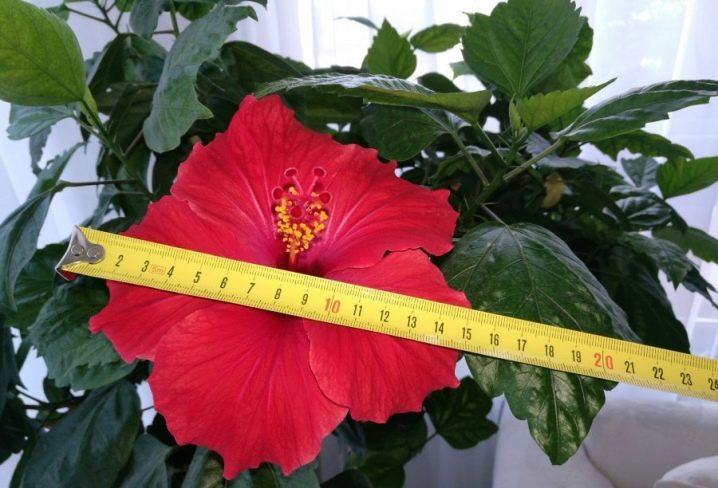
After the plant has overcome sixty centimeters in height, you can start pruning. However, you should not do this during the flowering period, it is better to postpone the event until winter. It is necessary to rid the bush of dry branches, which are subsequently used for reproduction. You also need to cut the shrub so that it is in decorative frames, and does not grow chaotically.

Reproduction
Hibiscus propagates by seeds and cuttings. The last method is the most common. Before the beginning of spring, dry branches are cut off, placed in a bowl with water or wet sand. After about two weeks (or earlier), the rudiments of the roots appear. After that, the plant is planted in a separate container.
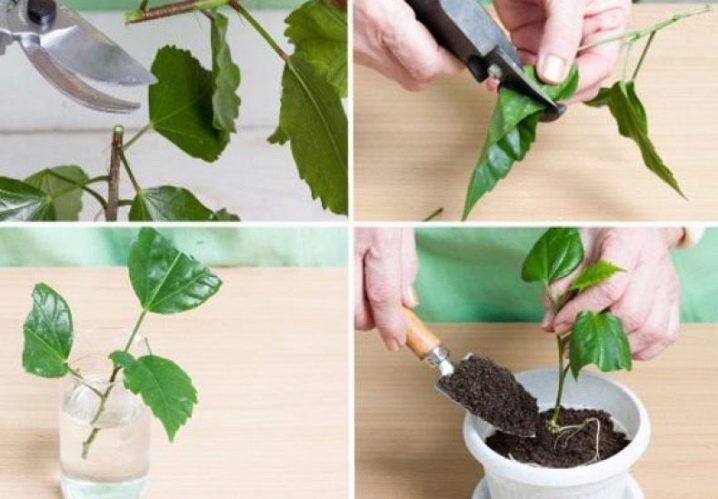
Seed propagation is a more laborious process than propagation by cuttings. However, it is also popular with experienced flower growers. You need to purchase seeds or grow them yourself.
Florists recommend the "Moon" mixture for purchase.
The seed should be soaked in a special stimulating solution called Epin.
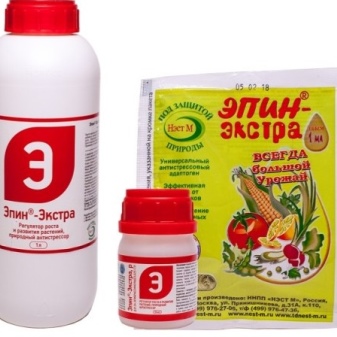

After 12 hours, the seeds are taken out. Sowing is done in a special box with sand and peat in a 1: 1 ratio. The box with seedlings is covered with a glass lid and placed in a place with a temperature of at least 25 and no more than 27 degrees. It is necessary to regularly spray the soil and ventilate it. As soon as a shoot with leaves (at least two) appears, it is necessary to plant it in a small pot. Such a hibiscus will bloom no earlier than three years later.
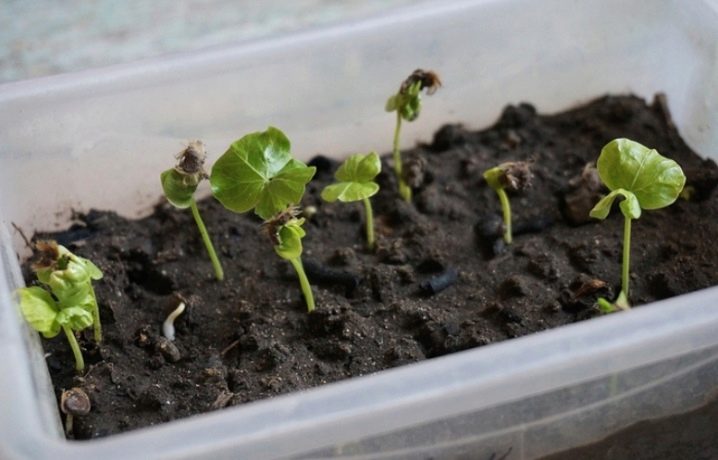
Diseases and pests
In general, hibiscus is quite resistant to diseases and insect attacks if the care is organized correctly. However, if something is overlooked, unpleasant situations are possible.
If the hibiscus lacks essential micronutrients or moisture, it will begin to shed foliage and inflorescences. If you notice such signs, replace the topsoil or transfer the plant to fresh soil, provide quality watering. If the foliage becomes yellowish and falls off, check how high-quality the water you water the flower with. It may be too chlorinated. Before watering, the water should stand for at least a day.
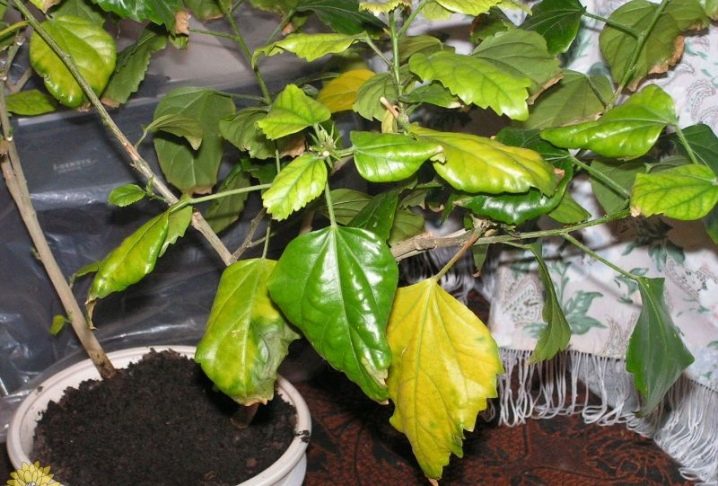
The lack of flowering is a sign of a possible oversaturation of the soil with fertilizers or improperly organized lighting. Light can be either lacking or abundant. You can solve these problems by building competent lighting. It is also a good idea to temporarily stop fertilizing.

Too low a temperature leads to decay of the root system. The cold is harmful to the flower. If you do not transfer the plant to a warm place in time, it may even die.

If the room is too dry, scabbard and spider mite attacks are possible. In this case, you should rinse the foliage with a soap-alcohol solution. In advanced situations, you have to resort to the help of special chemical compounds.
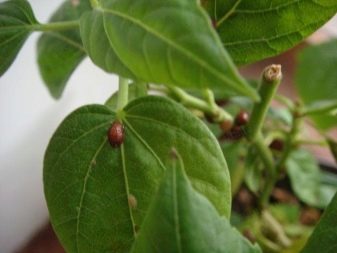
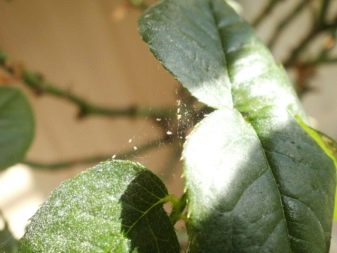
You can get acquainted with the features of growing marsh hibiscus in a garden plot in the following video.






























The comment was sent successfully.